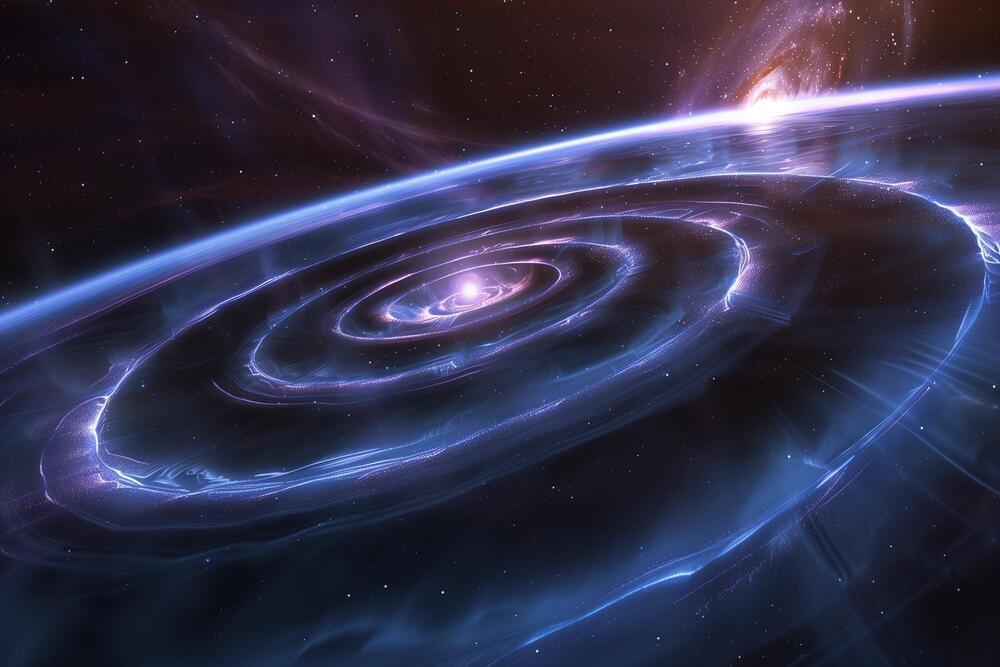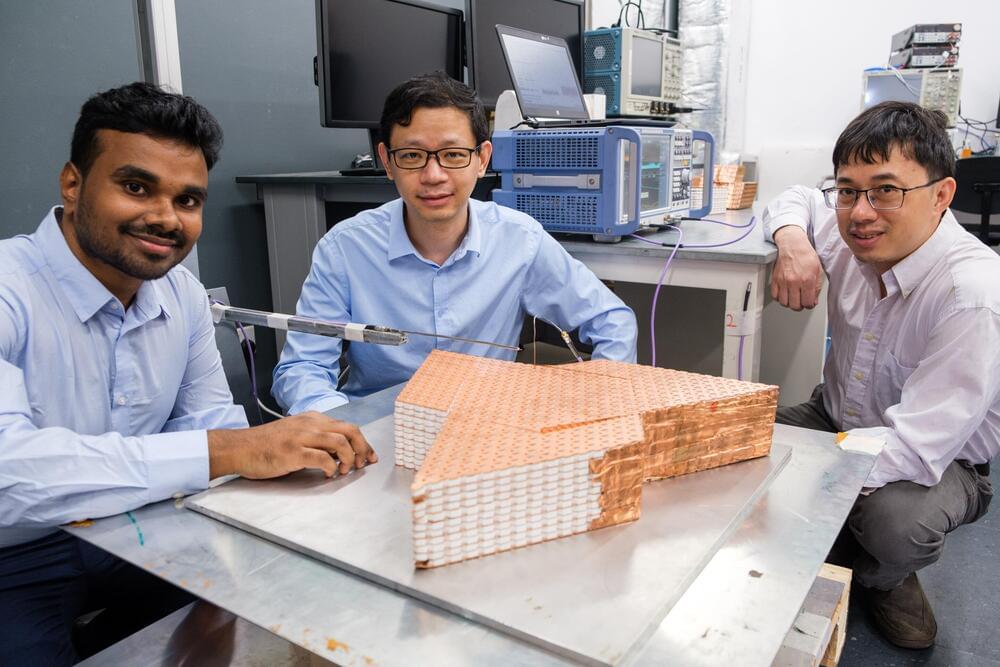
Astronomers have identified two supermassive black holes, collectively known as PKS 2131-021, that are on the brink of a catastrophic collision. Located about 9 billion light-years from Earth, these black holes have been spiraling toward each other for 100 million years and now orbit one another every two years. The discovery, published in The Astrophysical Journal Letters, reveals a fascinating binary system that could help scientists understand how black holes form and merge.
PKS 2131-021 is a type of black hole known as a blazar, characterized by jets of supercharged plasma directed at Earth. These jets, which originate from the hot gas swirling around the black hole, travel at nearly the speed of light. When researchers observed the brightness of about 1,800 blazars across the universe, PKS 2131-021 stood out due to its regular fluctuations, akin to the ticking of a clock. This periodic dimming and brightening is believed to result from the gravitational influence of a second black hole in orbit.
To confirm this, scientists analyzed 45 years of data from five observatories. The findings matched predictions, confirming that the brightness variations were caused by a binary black hole system.

















